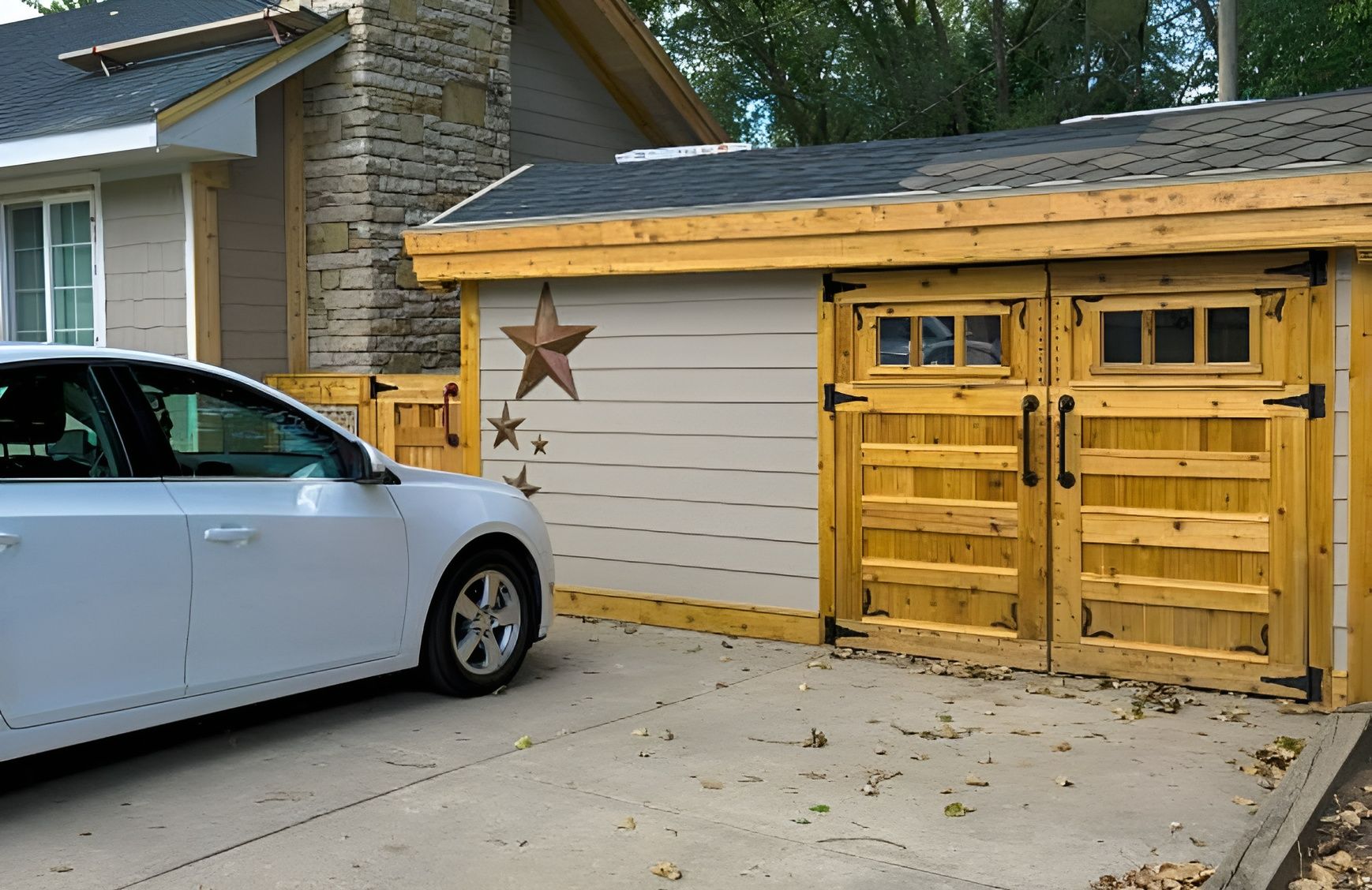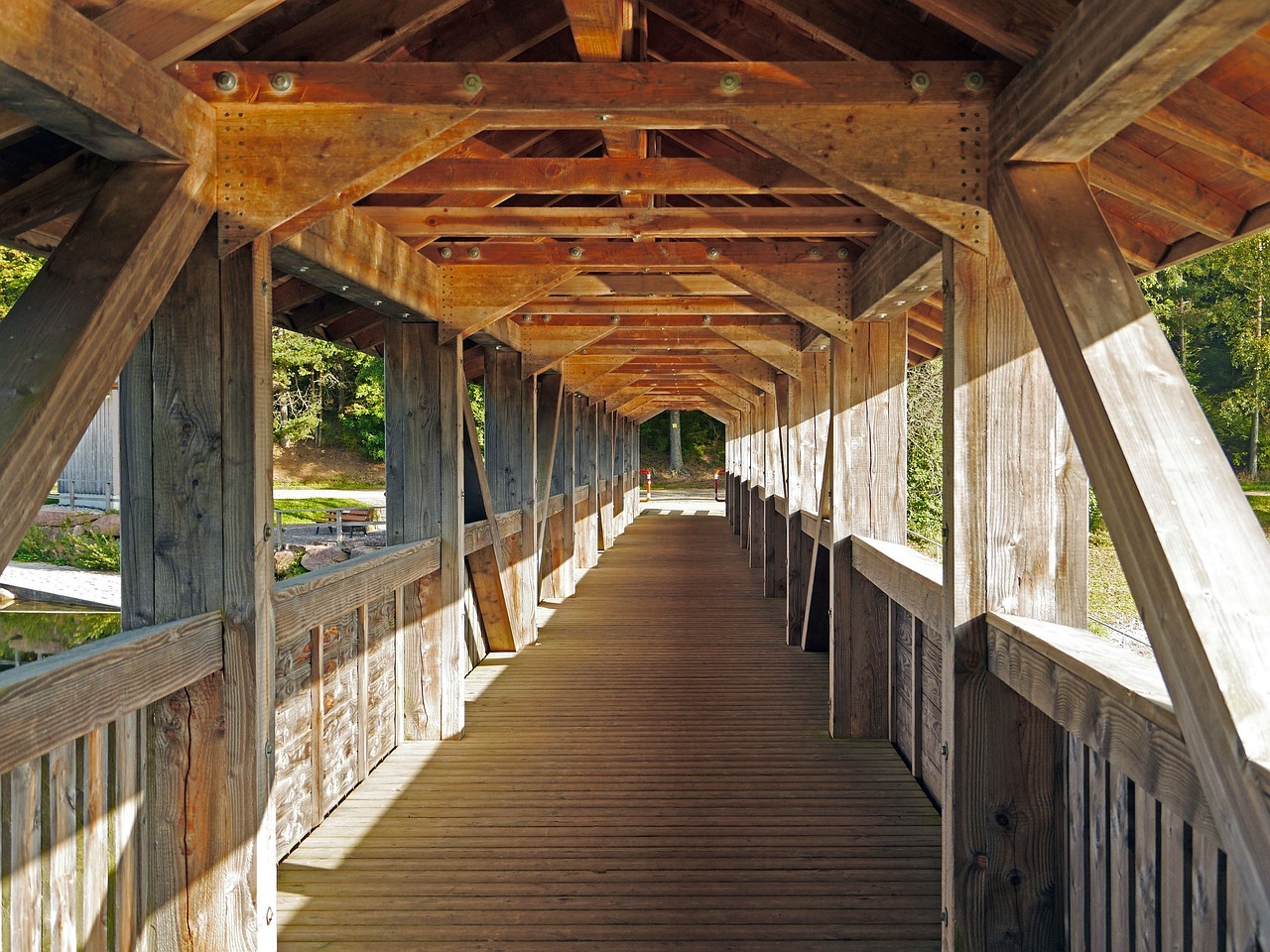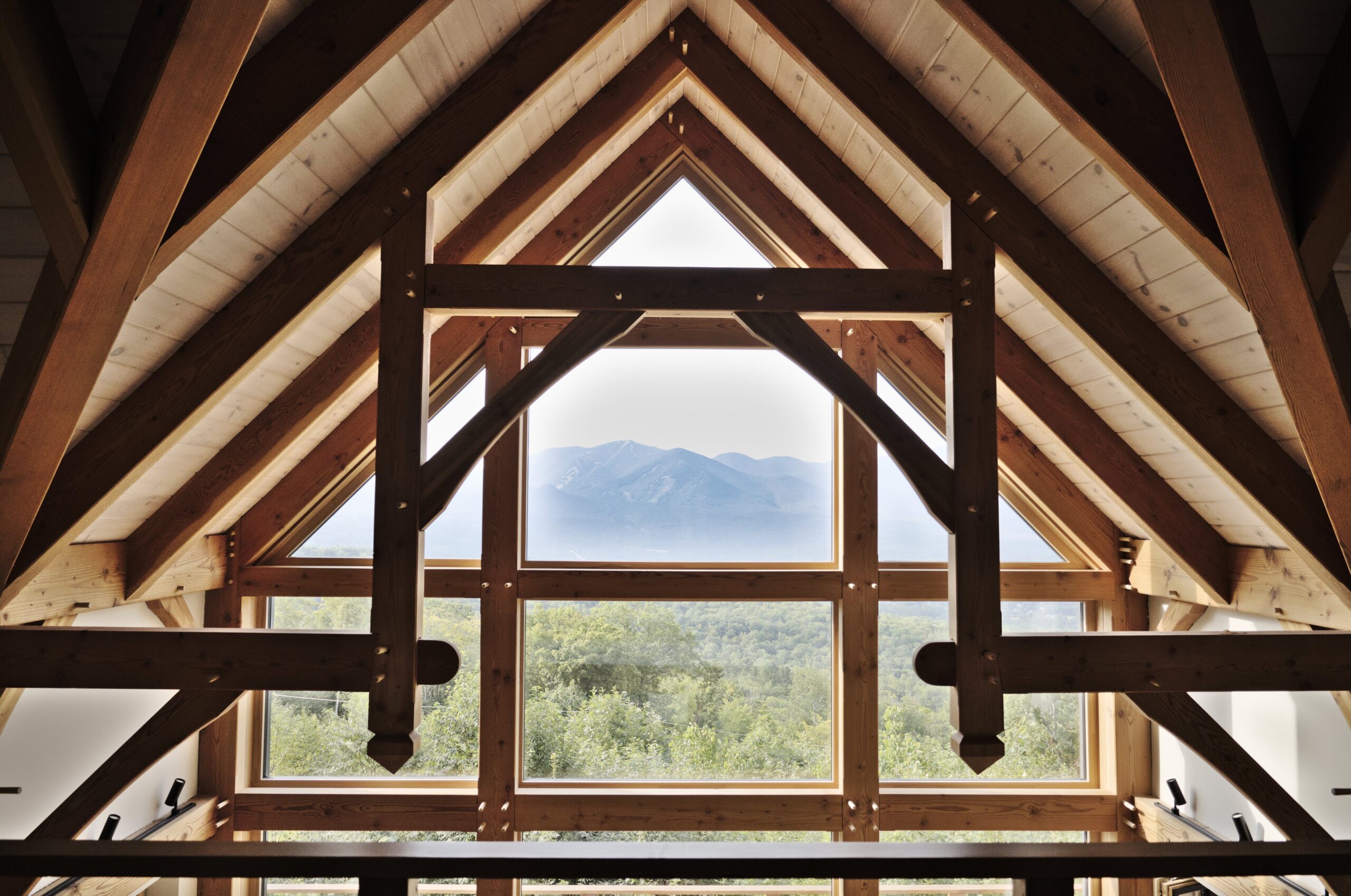Reversing the Norm: A Dive into Reverse Gable Roof Framing
Hello there, dears . Do you ever walk around your neighborhood, looking at the different garage roofs? Do you think about their designs? Have you noticed that they aren’t all the same? Now, I want you to imagine something. Picture a roof that takes bit of a detour from the norm. One where slopes fall … Read more


